In the realm of Mary, Queen of Scots
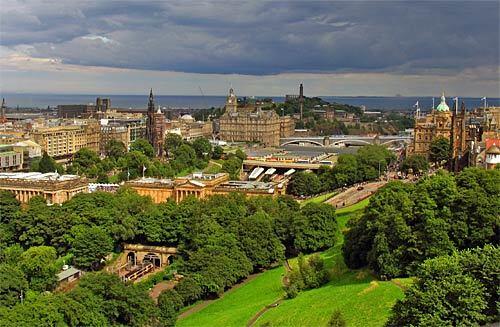
From Calton Hill, the capital city of Edinburgh spreads out below. The Scottish queen’s Edinburgh palace was backdrop for many of the most dramatic events in her life. (Susan Spano / Los Angeles Times)
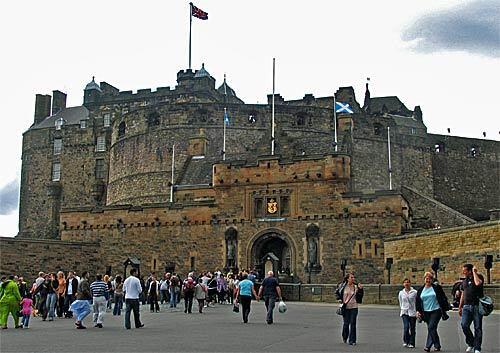
Tourists head to Edinburgh Castle, where in 1566 the queen gave birth to a son, the future James VI of Scotland, later James I of England. (Susan Spano / Los Angeles Times)
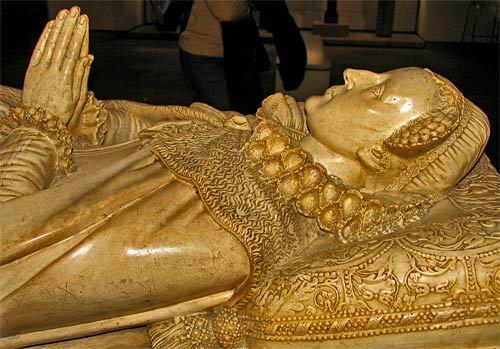
A copy of Marys marble sarcophagus is on display at the National Museum of Scotland in Edinburgh. The Scottish queen is buried hundreds of miles to the south, in Londons Westminster Abbey. (Susan Spano / Los Angeles Times)
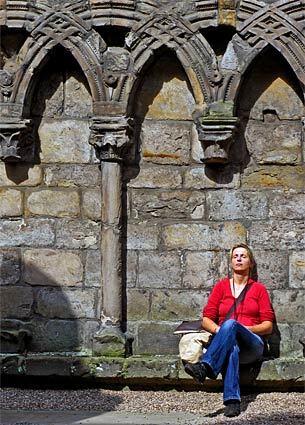
A visitor rests against a wall at Holyrood Abbey, on the grounds of Holyroodhouse. (Susan Spano / Los Angeles Times)
Advertisement
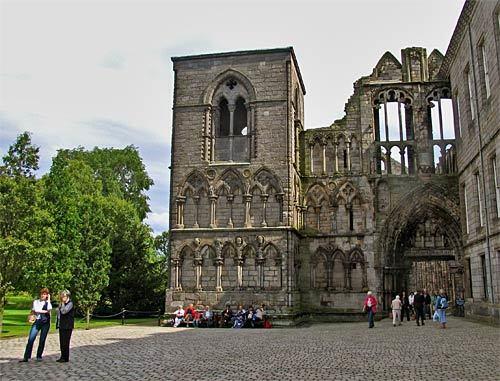
Holyroodhouse Palace was built around this medieval abbey. (Susan Spano / Los Angeles Times)
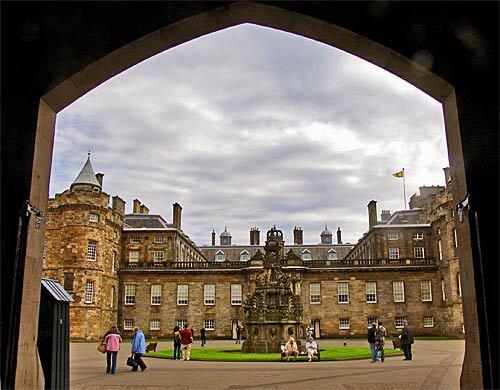
In Mary’s time, the Palace of Holyroodhouse was Scotlands finest royal residence, turreted and towered in the manner of a Loire Valley château. (Susan Spano / Los Angeles Times)
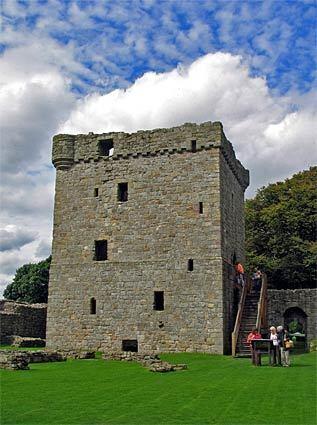
The trail of Mary leads to Lochleven Castle, where she was held after her abdication. (Susan Spano / Los Angeles Times)
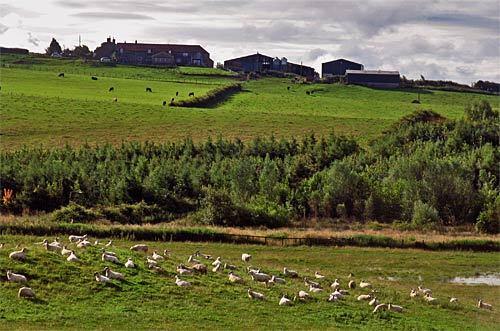
The Scottish Borders near Hermitage Castle, where Mary visited an ailing James Hepburn, 4th Earl of Bothwell in 1566. She married Bothwell the next year, prompting her enemies to take up arms against her. (Susan Spano / Los Angeles Times)
Advertisement
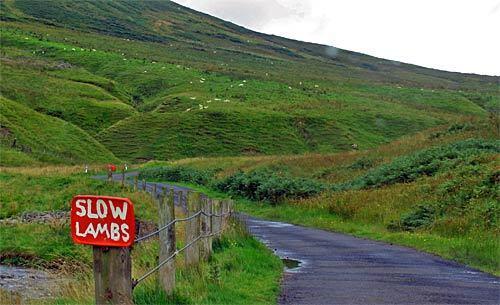
A sign at the Scottish Borders gives drivers a head’s up on the foot traffic. (Susan Spano / Los Angeles Times)
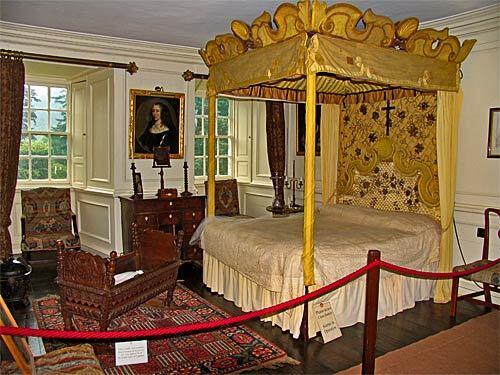
Mary’s sleeping accomodations in the stately Traquair House in Innerleithen, Peeblesshire, which is still occupied by a branch of the Stuart clan. (Susan Spano / Los Angeles Times)
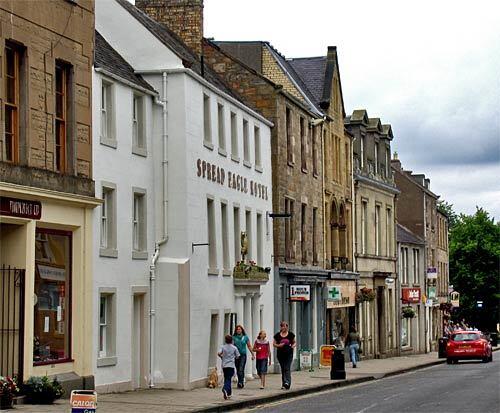
A small museum is devoted to Mary in the market town of Jedburgh, about 50 miles southeast of the Scottish capital. (Susan Spano / Los Angeles Times)
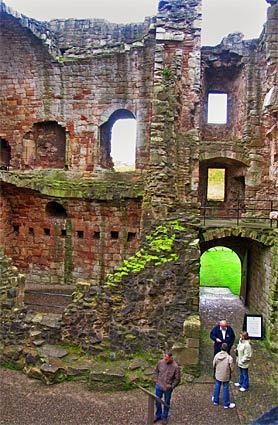
Today, Crichton Castle is a picturesque ruin. In Marys day, it belonged to her third husband, the Earl of Bothwell. She lost a battle near here, then fled across the border to England. (Susan Spano / Los Angeles Times)
Advertisement
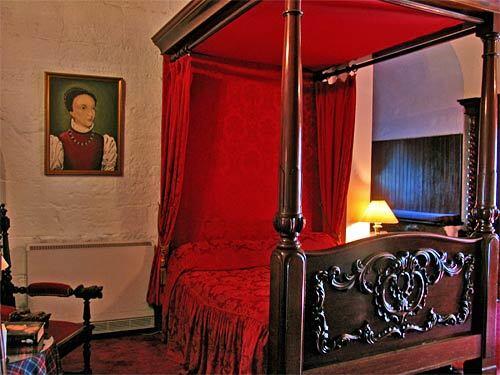
Mary’s room at Borthwick Castle, where she fled to with a rebel army at her heels. Built in 1430, it’s now a hotel with 10 baronial chambers linked by spiral staircases. (Susan Spano / Los Angeles Times)
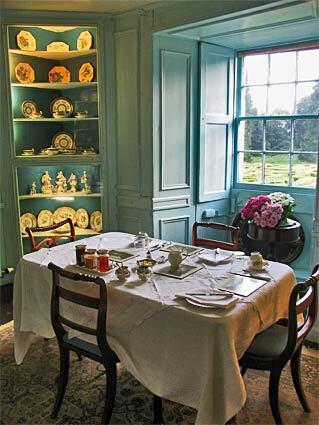
A set table awaits guests in a dining room at the Traquair House, which has been in the same Scottish Catholic noble family since 1491. (Susan Spano / Los Angeles Times)
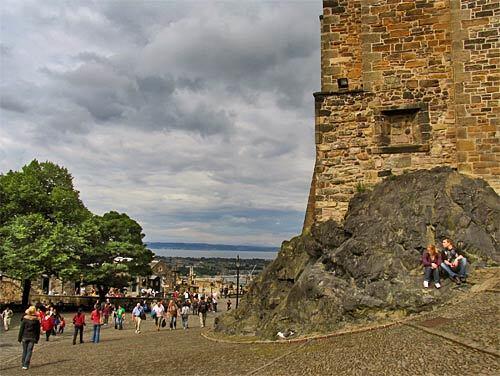
Edinburgh Castle, with centuries of history behind it, continues to be one of Scotland’s biggest tourist attractions. (Susan Spano / Los Angeles Times)



